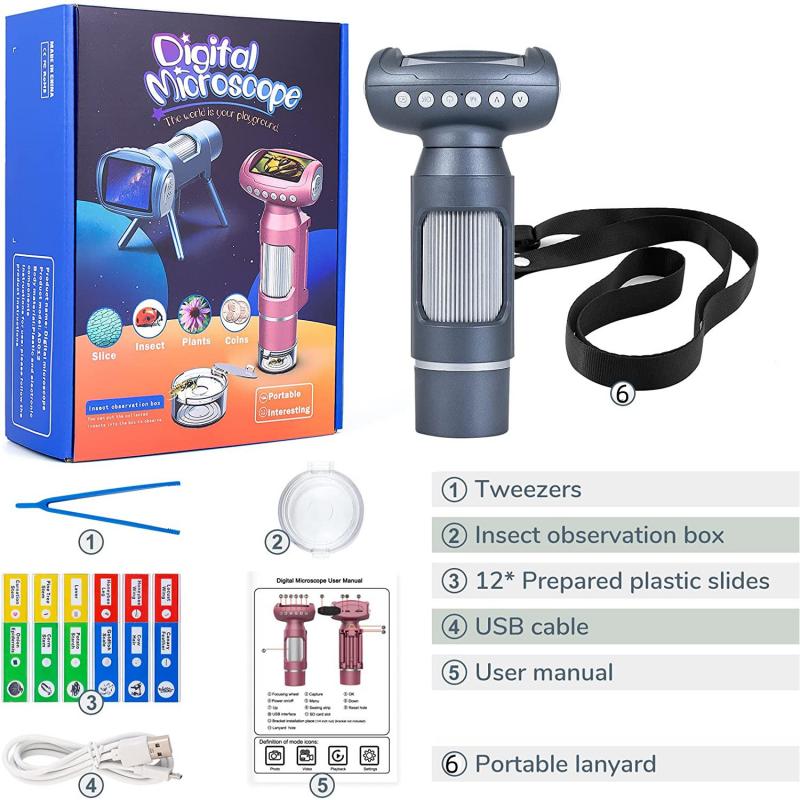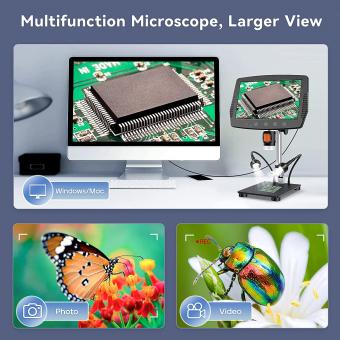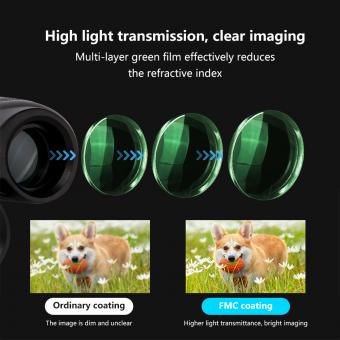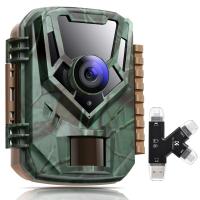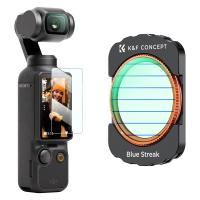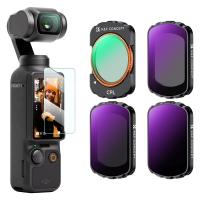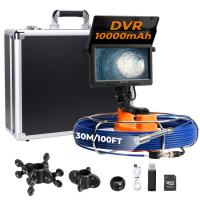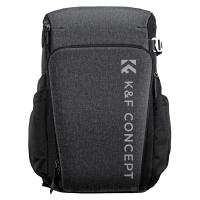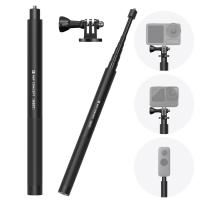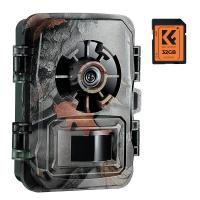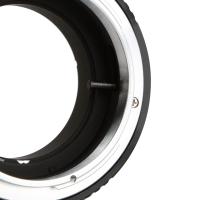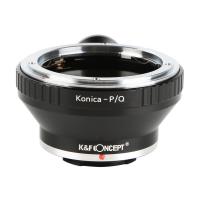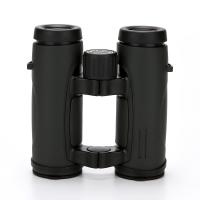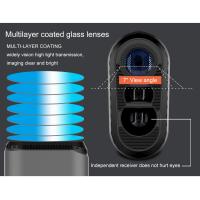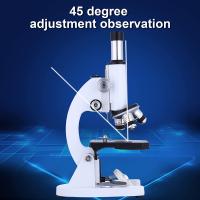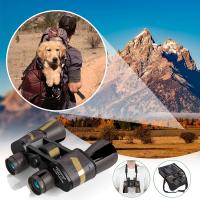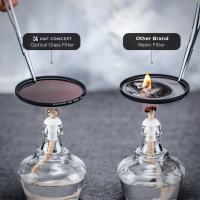How To Use A Microscope Ks3 ?
To use a microscope at KS3 level, follow these steps:
1. Place the microscope on a flat surface and plug it in if necessary.
2. Turn on the light source and adjust the brightness to a comfortable level.
3. Place the specimen on the stage and secure it with the stage clips.
4. Use the coarse focus knob to move the objective lens down until it is close to the specimen.
5. Look through the eyepiece and adjust the focus using the fine focus knob until the specimen is in clear focus.
6. Use the stage controls to move the specimen around and explore different areas.
7. Adjust the magnification by rotating the objective lens turret to select a different lens.
8. When finished, turn off the light source and unplug the microscope.
Remember to always handle the microscope with care and follow any additional instructions provided by your teacher or the manufacturer.
1、 Parts of a microscope
How to use a microscope KS3:
1. Start by placing the microscope on a flat surface and adjusting the mirror or light source to ensure proper illumination.
2. Adjust the focus knob to bring the stage into focus. This can be done by moving the stage up or down using the coarse focus knob.
3. Place the specimen on the stage and secure it in place using the stage clips.
4. Look through the eyepiece and adjust the focus knob until the specimen comes into clear focus.
5. Use the objective lenses to increase the magnification of the specimen. Start with the lowest magnification and work your way up to higher magnifications.
6. Use the fine focus knob to make small adjustments to the focus as needed.
7. When finished, remove the specimen from the stage and turn off the microscope.
It is important to handle the microscope with care and to clean the lenses after each use to ensure clear images. Additionally, it is important to follow proper safety procedures when using a microscope, such as wearing protective eyewear and avoiding touching the lenses with your fingers.
Parts of a microscope:
1. Eyepiece: The part of the microscope that you look through to view the specimen.
2. Objective lenses: The lenses that magnify the specimen. Microscopes typically have multiple objective lenses with different magnification levels.
3. Stage: The platform on which the specimen is placed for viewing.
4. Coarse focus knob: The knob used to adjust the focus of the microscope by moving the stage up or down.
5. Fine focus knob: The knob used to make small adjustments to the focus of the microscope.
6. Diaphragm: The part of the microscope that controls the amount of light that passes through the specimen.
7. Light source: The part of the microscope that provides illumination for viewing the specimen.
8. Arm: The part of the microscope that connects the eyepiece and objective lenses to the base.
9. Base: The bottom of the microscope that provides stability and support.
In recent years, digital microscopes have become increasingly popular, allowing for the capture and analysis of images using computer software. These microscopes often have built-in cameras and can be connected to a computer or other device for image analysis and sharing.

2、 Focusing techniques
Focusing techniques are essential when using a microscope at KS3 level. The first step is to ensure that the microscope is set up correctly, with the objective lens in place and the stage at the correct height. Once this is done, the user can begin to focus on the specimen.
One technique is to start with the lowest magnification and use the coarse focus knob to bring the specimen into view. Once the specimen is visible, the user can switch to a higher magnification and use the fine focus knob to sharpen the image. It is important to avoid using too much force when adjusting the focus, as this can damage the microscope or the specimen.
Another technique is to use the diaphragm to adjust the amount of light entering the microscope. This can help to improve the clarity of the image and make it easier to focus. It is also important to keep the microscope clean and free from dust and debris, as this can affect the quality of the image.
In recent years, digital microscopes have become increasingly popular in KS3 science classrooms. These microscopes use a camera to capture images of the specimen, which can then be displayed on a computer screen. This can make it easier for students to focus on the specimen and share their observations with others.
Overall, focusing techniques are an essential part of using a microscope at KS3 level. By following these techniques and keeping the microscope clean and well-maintained, students can gain a better understanding of the microscopic world around them.
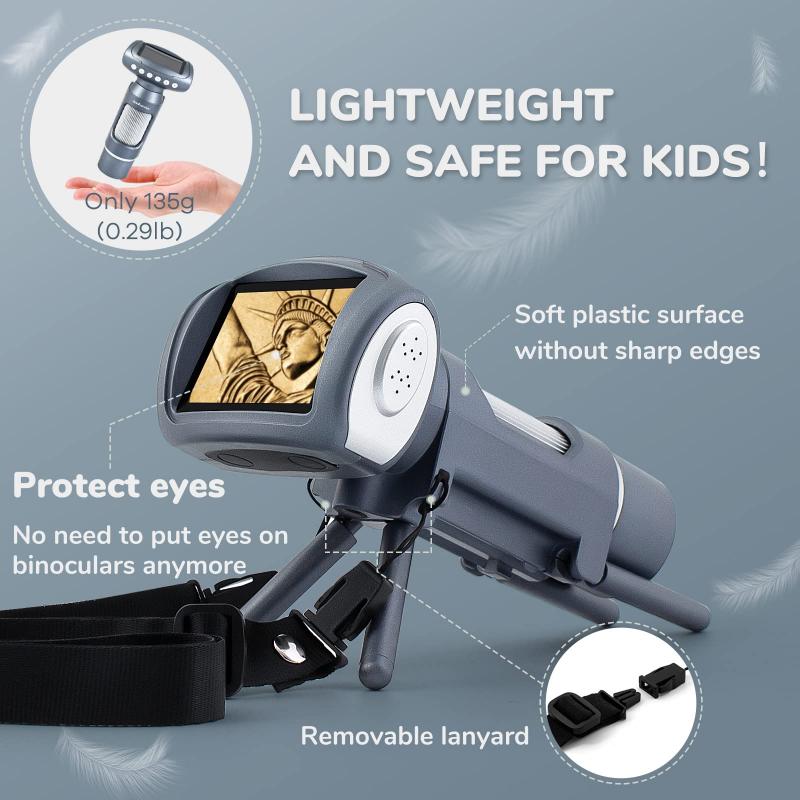
3、 Preparing microscope slides
Preparing microscope slides is an essential skill for using a microscope in KS3 science. The following steps can be followed to prepare microscope slides:
1. Collect the specimen: The specimen can be collected from various sources such as plants, animals, or microorganisms. It is important to choose a specimen that is small enough to fit on the slide and has clear features that can be observed under the microscope.
2. Prepare the slide: Clean the slide with a lens tissue or a clean cloth to remove any dust or debris. Place the specimen on the slide and add a drop of water or a mounting medium to help keep the specimen in place.
3. Cover the specimen: Place a coverslip over the specimen, making sure there are no air bubbles. Gently press down on the coverslip to flatten the specimen and remove any excess water or mounting medium.
4. Label the slide: Use a permanent marker to label the slide with the specimen name, date, and any other relevant information.
5. Observe under the microscope: Place the slide on the microscope stage and adjust the focus to observe the specimen. Use the coarse and fine focus knobs to bring the specimen into focus and adjust the light source to improve visibility.
It is important to handle the microscope and slides with care to avoid damaging them. Additionally, it is important to properly dispose of any used slides and specimens to prevent contamination and maintain a safe laboratory environment.
In recent years, digital microscopes have become increasingly popular in KS3 science classrooms. These microscopes allow students to view specimens on a computer screen and capture images and videos for further analysis. However, the basic steps for preparing microscope slides remain the same regardless of the type of microscope used.
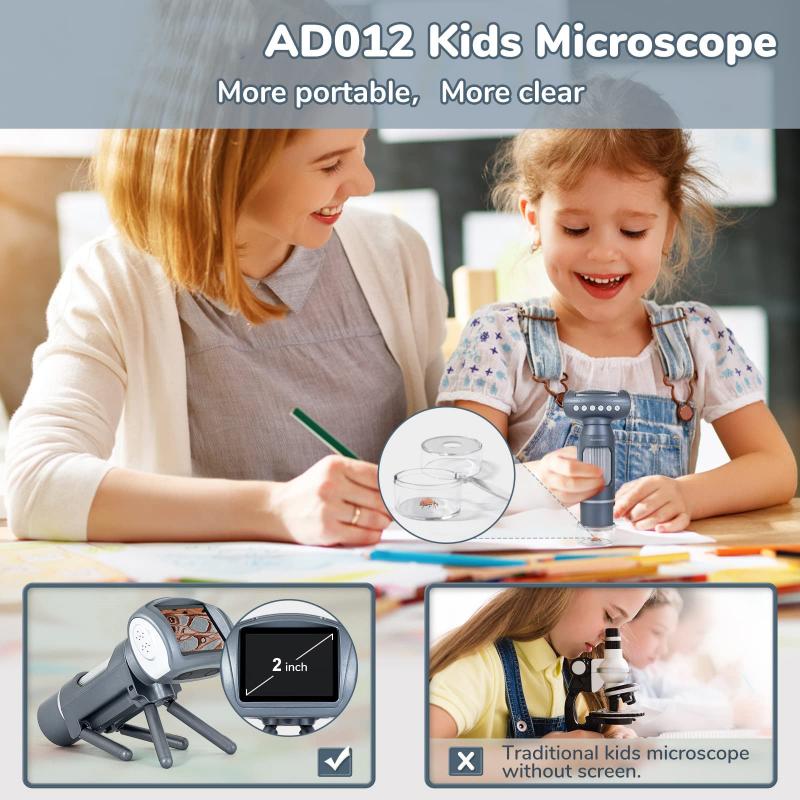
4、 Identifying microscope specimens
How to use a microscope KS3:
1. Familiarize yourself with the parts of the microscope: Before using a microscope, it is important to know the different parts of the microscope and their functions. The main parts of a microscope include the eyepiece, objective lenses, stage, and focus knobs.
2. Prepare your specimen: To view a specimen under a microscope, it needs to be prepared properly. This may involve staining the specimen or placing it on a slide with a cover slip.
3. Adjust the lighting: The microscope should be placed in a well-lit area, and the light source should be adjusted to provide enough illumination for the specimen.
4. Place the specimen on the stage: The prepared specimen should be placed on the stage of the microscope and secured in place using the stage clips.
5. Adjust the focus: The focus knobs should be used to adjust the focus of the specimen. The coarse focus knob is used to make large adjustments, while the fine focus knob is used for smaller adjustments.
6. Identify the specimen: Once the specimen is in focus, it can be identified using a microscope. This may involve comparing the specimen to images or descriptions in a reference book or online resource.
Identifying microscope specimens is an important skill for students in KS3 science. With the increasing use of technology in science, students are expected to be able to use microscopes to observe and identify specimens. In addition to the traditional use of microscopes in biology, they are also used in other areas of science such as chemistry and physics. It is important for students to understand the proper use of microscopes and how to identify different types of specimens. This can be achieved through hands-on activities and the use of online resources and reference books. As technology continues to advance, it is likely that the use of microscopes in science education will become even more important.
